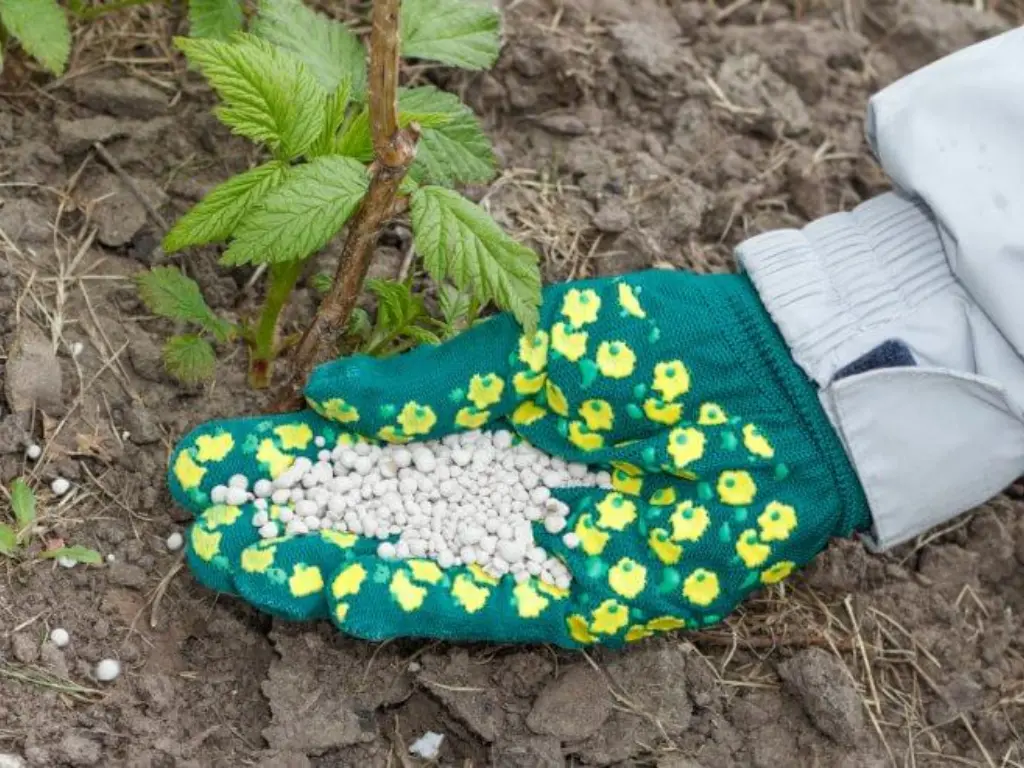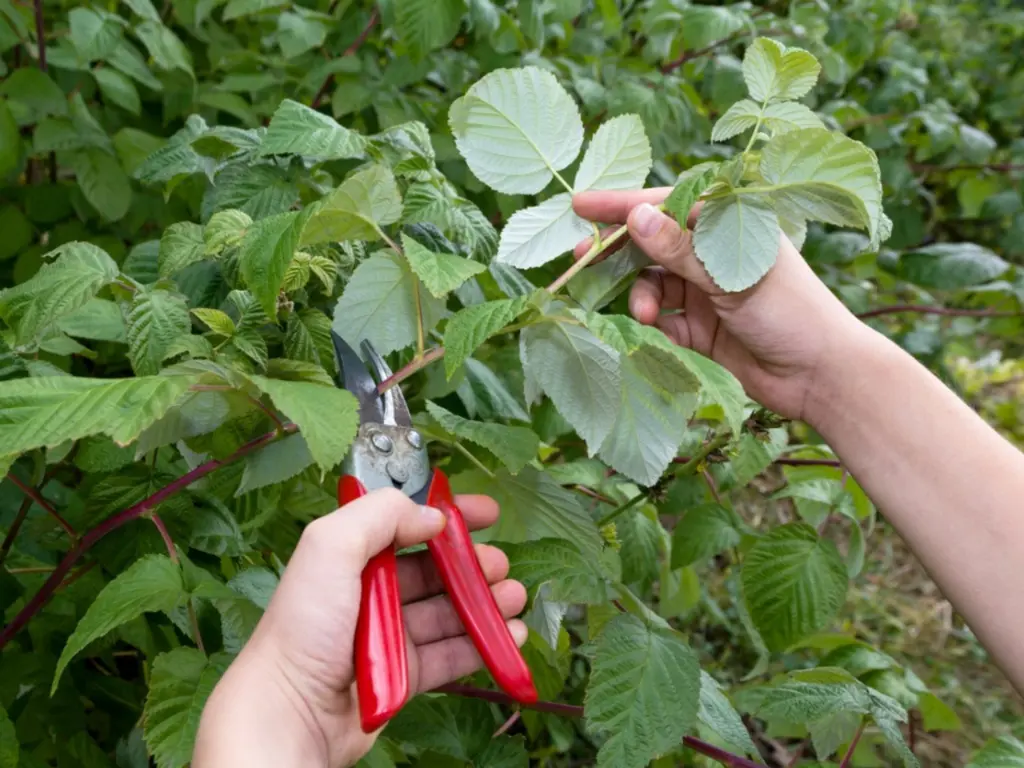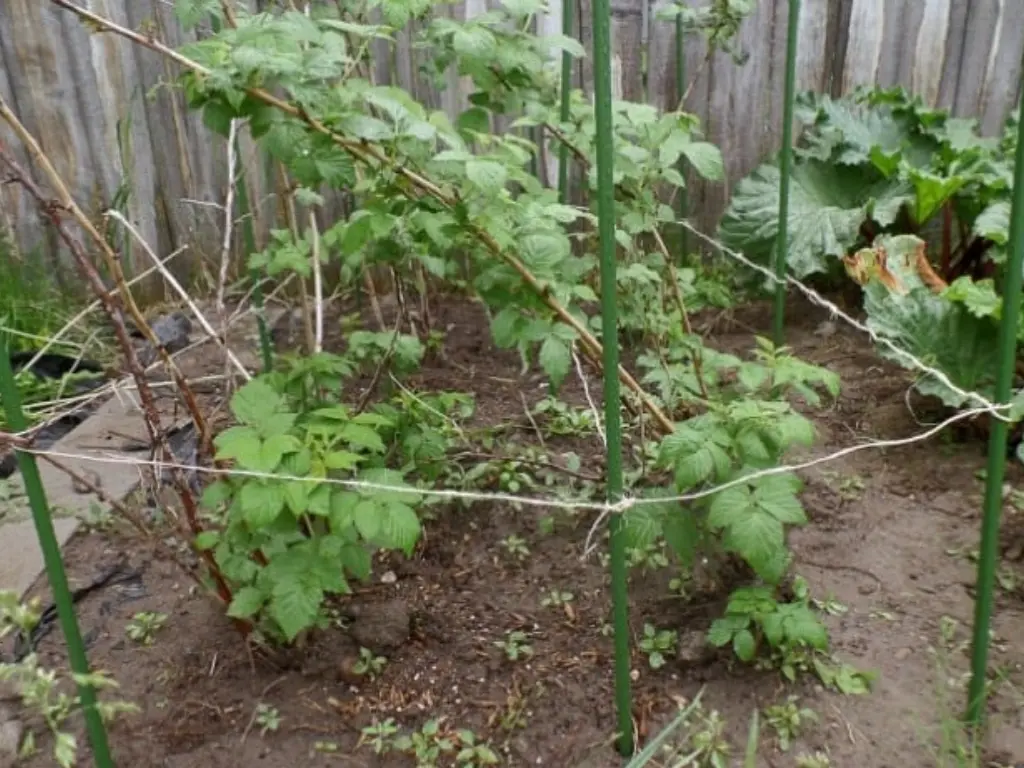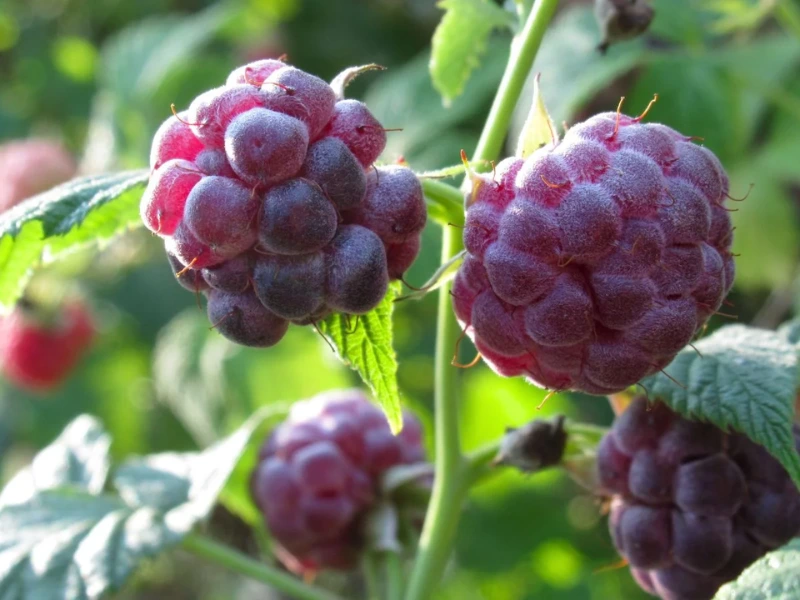Blog
Glencoe Raspberry Care in Summer: The Ultimate Guide to Watering, Fertilizing, and Pruning in June
Are you a raspberry lover or perhaps a home gardener looking to grow your very own Glencoe raspberry plants? If so, you’ve probably realized that caring for raspberries in summer requires some attention. June, especially, is a critical month to ensure your raspberry plants thrive, producing juicy, delicious fruit come harvest time. Whether you’re new to growing raspberries or a seasoned pro, you’ll want to ensure your plants get the right amount of water, nutrients, and care to flourish.
In this guide, we’ll walk you through everything you need to know about Glencoe raspberry care in June, focusing on the three main aspects that make the biggest difference: watering, fertilizing, and pruning. We’ll also touch on some general summer tips that will help your raspberries stay healthy and productive all season long.
Read more: Glencoe Raspberry Care Guide: Grow Thornless Berries Easily
1. Watering Glencoe Raspberries

Why Proper Watering is Crucial for Raspberries in Summer?
Watering is an essential part of raspberry care, especially in the summer months when temperatures rise, and rain can be scarce. Glencoe raspberries are sensitive to both underwatering and overwatering, so finding the right balance is key to healthy plants and a bountiful harvest. In June, your raspberries are likely going through their flowering phase and early fruit development, which means they’ll need consistent moisture to support their growth.
How Often Should You Water Your Raspberry Plants?
In the warmer summer months, raspberries generally need a deep watering about once a week. However, if you experience a particularly hot and dry period, you may need to water more frequently. The goal is to keep the soil moist, but not waterlogged, as Glencoe raspberries are susceptible to root rot in overly soggy conditions.
The best time to water your plants is in the early morning or late afternoon, as this allows the water to reach the roots without evaporating in the midday sun. You can also consider installing a drip irrigation system for more efficient watering, especially if you have multiple raspberry plants in your garden.
Signs of Underwatering or Overwatering
It’s important to stay alert to the signs your raspberry plants give you. Here’s how to tell if you’re overwatering or underwatering:
- Underwatering: If the leaves begin to wilt, turn brown around the edges, or the soil feels dry and crumbly, your plants may need more water.
- Overwatering: Yellowing leaves, moldy or soggy soil, and a musty smell are all indicators that you may be overwatering your raspberries.
By paying close attention to your plants, you can adjust your watering schedule to ensure they receive the ideal amount of moisture.
2. Fertilizing Glencoe Raspberries

Choosing the Right Fertilizer
To help your Glencoe raspberries grow strong and produce an abundant harvest, fertilizing is essential. In June, your raspberries are actively growing, and a balanced fertilizer can support this process. Choose a fertilizer that is rich in potassium and phosphorus, which are essential for flowering and fruiting. Be sure to avoid fertilizers with too much nitrogen, as they can promote lush leaf growth at the expense of fruit production.
Organic options like compost, fish emulsion, or organic berry fertilizer can be great choices for those looking for a natural option. These fertilizers not only provide essential nutrients but also improve soil health over time.
When and How to Apply Fertilizer
The best time to apply fertilizer is early in the growing season, just before or during the early stages of growth. Since we’re talking about June, you can apply a light feeding around mid to late June when the plants have started flowering. If you’re using a slow-release fertilizer, make sure to follow the instructions to avoid overfeeding your plants.
To apply the fertilizer, sprinkle it around the base of the plant and gently work it into the soil. Be sure to water the plants thoroughly after applying to help the nutrients soak into the root zone.
Signs Your Raspberry Plants Need Fertilizing
If you notice your Glencoe raspberries have pale leaves, weak growth, or a lack of flowers or fruit, these could be signs that they need more nutrients. Yellowing leaves or stunted growth often point to a nutrient deficiency, and it’s time to give your plants a boost with some fertilizer.
3. Pruning Glencoe Raspberries

Why Pruning Is So Important
Pruning isn’t just for aesthetic purposes — it plays a crucial role in the health of your raspberries. Proper pruning encourages better airflow, reduces disease risk, and ensures that energy is directed towards fruit production rather than unnecessary growth. By the time June rolls around, you should focus on cutting away dead or damaged canes that may have already fruited in the previous season.
When to Prune
For Glencoe raspberries, early summer is a great time to perform light pruning. The best time to prune is right after the plant has finished fruiting but before new canes have developed too much. If you wait too long, you might risk cutting into new growth, which will reduce next year’s harvest.
How to Prune Raspberry Plants
When pruning, always make sure to use sharp, clean tools to avoid damaging the plant or spreading disease. Start by cutting back dead or damaged canes, and remove any canes that are weak or crossed. For raspberry plants, thinning out the older canes allows the newer ones to grow stronger and gives the plant more space to breathe.
Don’t be afraid to prune aggressively — Glencoe raspberries are quite resilient and will bounce back well. Be sure to leave about 4–6 canes per plant for the healthiest, most productive growth.
4. General Summer Care Tips for Glencoe Raspberries

Mulching for Moisture Retention
One of the easiest ways to keep your Glencoe raspberries happy in the summer heat is by adding a layer of mulch around the base of the plant. Mulch helps retain moisture in the soil, preventing it from drying out too quickly. It also suppresses weeds and regulates soil temperature, which benefits the plant’s roots during hot weather.
Use organic mulch such as wood chips, straw, or shredded leaves to ensure the best results.
Protecting Against Pests and Diseases
Even though Glencoe raspberries are relatively hardy, they can still fall prey to pests and diseases, especially during the warm, humid summer months. Common pests include aphids, spider mites, and raspberry beetles. Keep an eye out for pests on the undersides of leaves and stems, and if you notice an infestation, consider using organic insecticidal soap to treat the problem.
In addition to pests, diseases like powdery mildew and rust can affect raspberries. Good airflow and proper spacing between plants can help prevent these issues, but if they do occur, removing infected canes and treating with fungicides will help keep your plants healthy.
Monitoring Growth and Adjusting Care
As you care for your Glencoe raspberries through June and the rest of the summer, make sure to regularly monitor their growth. Adjust your care as needed — if the weather turns especially hot or rainy, you may need to tweak your watering or pruning schedule. Regular observation helps you catch any potential problems early and ensures your plants continue to thrive.
Conclusion
Taking care of Glencoe raspberries in June doesn’t have to be a daunting task. With the right watering, fertilizing, and pruning techniques, your raspberry plants can thrive throughout the summer, setting you up for a successful harvest. Remember to pay attention to their needs, especially during the hot summer months, and you’ll be rewarded with fresh, delicious fruit later in the season.
If you’re interested in learning more about raspberry care or looking for additional tips on maximizing your harvest, be sure to check out our related posts on Care tips.
Happy gardening, and good luck with your Glencoe raspberries!


7 Vegetables to Plant in December for a Bountiful Winter Harvest
Winter gardening is a challenge many new gardeners shy away from. But if you’re among [...]
Dec
9 Common Christmas Cactus Problems and How to Fix Them
Have you ever walked past your Christmas cactus and wondered why it suddenly looks sad? [...]
Nov
Swedish Ivy Care: How to Grow a Healthy, Thriving Plant
Have you ever looked at your Swedish Ivy and wondered why the leaves are turning [...]
Nov
Avoid These 10 Garlic Planting Mistakes for Bigger, Healthier Bulbs
Growing garlic at home is one of the most satisfying things a gardener can do [...]
Nov
How to Prevent Christmas Cactus Bud Drop: Tips for a Healthy Bloom
Have you ever noticed your beautiful Christmas cactus (Schlumbergera) starting to lose its buds just [...]
Nov
Discover 7 Stunning Types of Night-Blooming Cereus
Have you ever waited for a flower that only opens at night and then disappears [...]
Nov